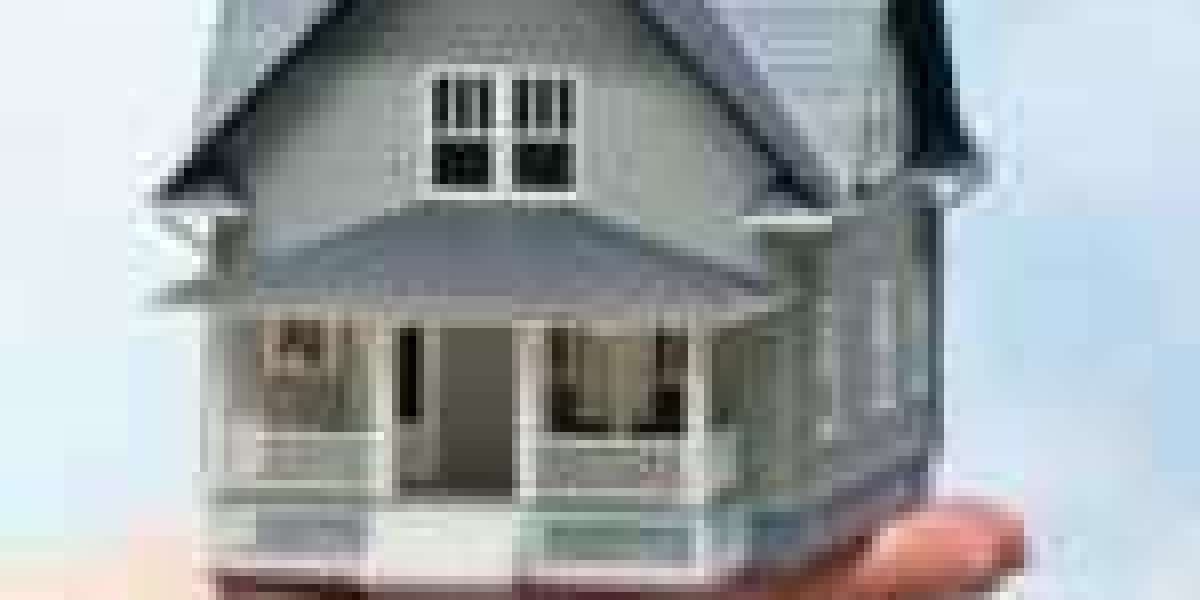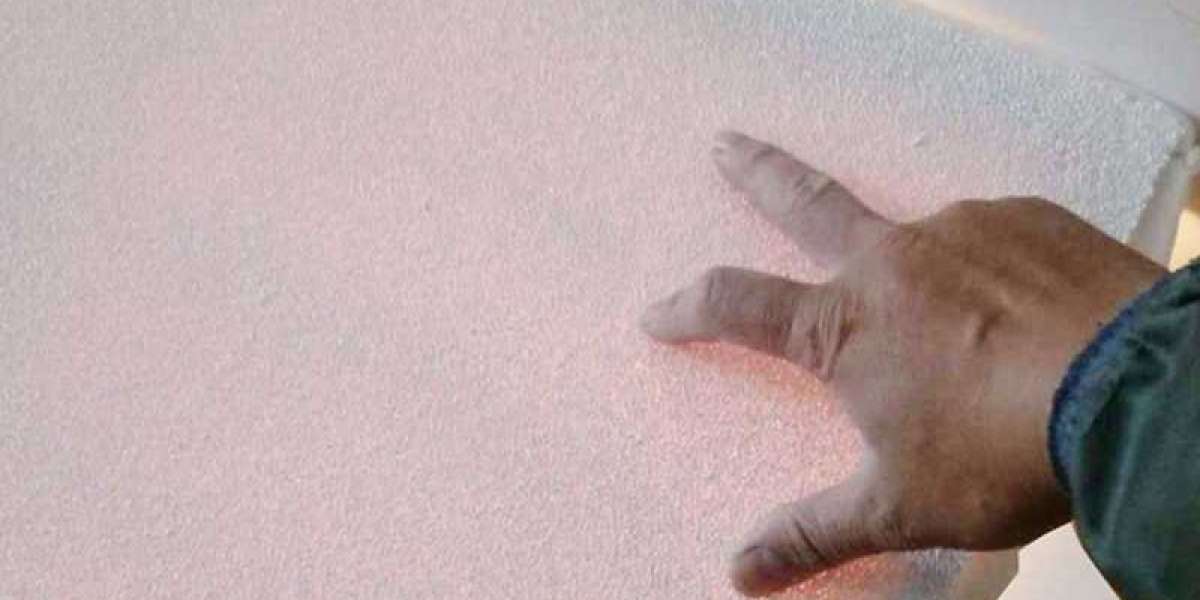The national standards of High-rise building tilting correction are mainly formulated in accordance with the Code for Design of Building Foundation and related national standards. Generally speaking, the inclination of a building should be controlled within a certain range to ensure its safety and stability. Specific standards may vary depending on the region, building type and design requirements.
It is mainly determined by the height of the house and soil conditions. The following is the content organized according to the specification and related information:
1. Overall tilt limit
▪ When the height of the house is less than 24 meters, the overall tilt value should be less than 4 ‰ (i.e. 0.004).
▪ When the height of the house is more than 24 meters, the overall tilt value should be less than three thousandths (i.e. 0.003).
The "tilt" here refers to the ratio of the settlement difference between the two ends of the building foundation along the tilt direction and its distance, which is used to measure the overall stability of the building. This means that if a building is 100 meters high, its allowable tilt value is within 0.4 meters. The development of this standard is based on the comprehensive consideration of the structural safety and stability of buildings. Strict incline standards are designed to ensure that high-rise buildings can withstand the influence of various natural forces and human factors in the normal use of the process, to protect the life and property safety of occupants.
2. Allowable value of local tilt under special soil conditions
For the foundation of masonry load-bearing structure, the allowable value of local tilt is also different under different soil conditions:
▪ For low compressibility soil, the local tilt allowance is 0.002.
▪ For high compressibility soils, the local tilt allowance is 0.003.
It should be noted that these values are general provisions in the specification, and specific projects may also need to be comprehensively considered and adjusted according to geological investigation reports, building structural characteristics, surrounding environment and other factors.
High-rise building tilting correction
The High-rise building tilting correction method needs to be comprehensively considered according to the degree of tilt, geological conditions, building structure and other factors. The following are some common righting methods:
1, lifting correction method: The column is cut off on the basis of the whole board, the top lifting column is used, and after being in place, only the gap is stuffed. Anchor static pile can also be used to lift the whole foundation through anchor rod and jack to achieve the purpose of deviation correction. It is suitable for buildings under all kinds of foundation conditions, but the cost is high, the process is complex, and the requirements for lifting equipment and construction technology are high.
2, dig soil correction method: From the small settlement side of the building below the base or the outside of the foundation to take out an appropriate amount of soil to achieve the purpose of correction. This method can be divided into shallow excavation under the foundation, deep excavation under the foundation and deep excavation outside the foundation. This method is only applicable to buildings on soft soil with small inclination and shallow foundation buried depth.
3. Foundation settlement repair technology: Tongcheng Soft Foundation uses new special composite materials to be injected into the depth of the ground and consolidated with the soil to form a new composite foundation, improve the strength of the soil and the bearing capacity of the foundation, and realize the inclined flexible lifting and upright of the building. The technology is suitable for complex geological conditions, has high economic benefit, simple and convenient process, and short construction period.
4, pile pressure correction method: for the side of the foundation subsidence is serious, the method of pile pressure excavation is adjusted. The sinking pile foundation is fixed first, and then the soil on the other side is excavated to reduce the bearing area of the foundation and realize the correction of the building.
5, anchor static pressure pile method: the use of the anchor in the original foundation to provide the reaction to the pile, the pile is generally small cross-section pile, mainly used for foundation reinforcement treatment. Its advantage is that the machine used is simple and easy to operate; The disadvantage is that the cap has holes and the anchor is complicated.
6. Entrusted professional institutions: Before the High-rise building tilting correction is carried out, a professional institution should be commissioned to carry out a comprehensive test and assessment, including a detailed investigation of settlement, tilt, cracking, structure, foundation, surrounding environment, geology, hydrology, etc., in order to formulate a thorough correction and righting plan.
Compared with the traditional correction method that needs to destroy the building structure, the process is complex and time-consuming, Tongcheng soft foundation trenchless repair technology adopts miniaturized equipment, micro-hole treatment, non-destructive and controllable, no need to break, and does not affect the normal life of residents, which can realize the deep strengthening of the building soil, flexible lifting, and restore the building to a balanced state.
All in all, High-rise building tilting correction is a serious problem that needs to be paid great attention to. After the discovery of High-rise building tilting correction, Professional building structural engineers should be immediately commissioned to conduct detailed investigation and analysis, develop a scientific and reasonable correction plan, and construction units with appropriate qualifications to ensure the safety and effectiveness of the correction and righting process. At the same time, the condition of the building should be closely monitored during the treatment process to ensure construction safety and correction and righting effect.
High-rise building tilting correction https://en.hengxianghongye.com/High-rise-Buildings.html








